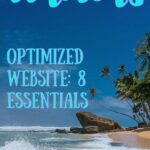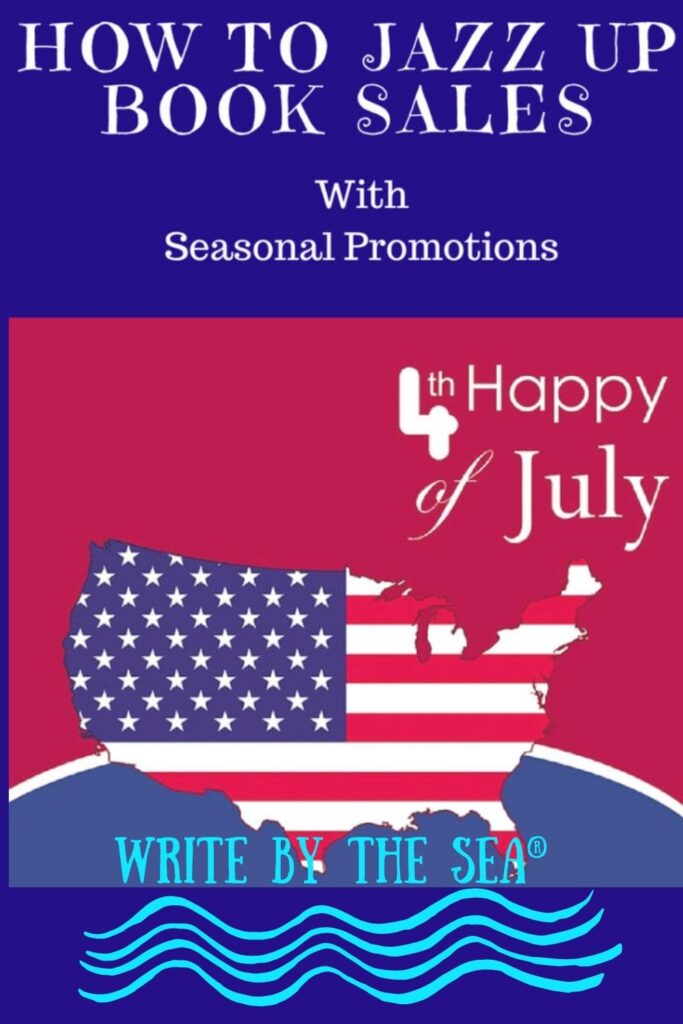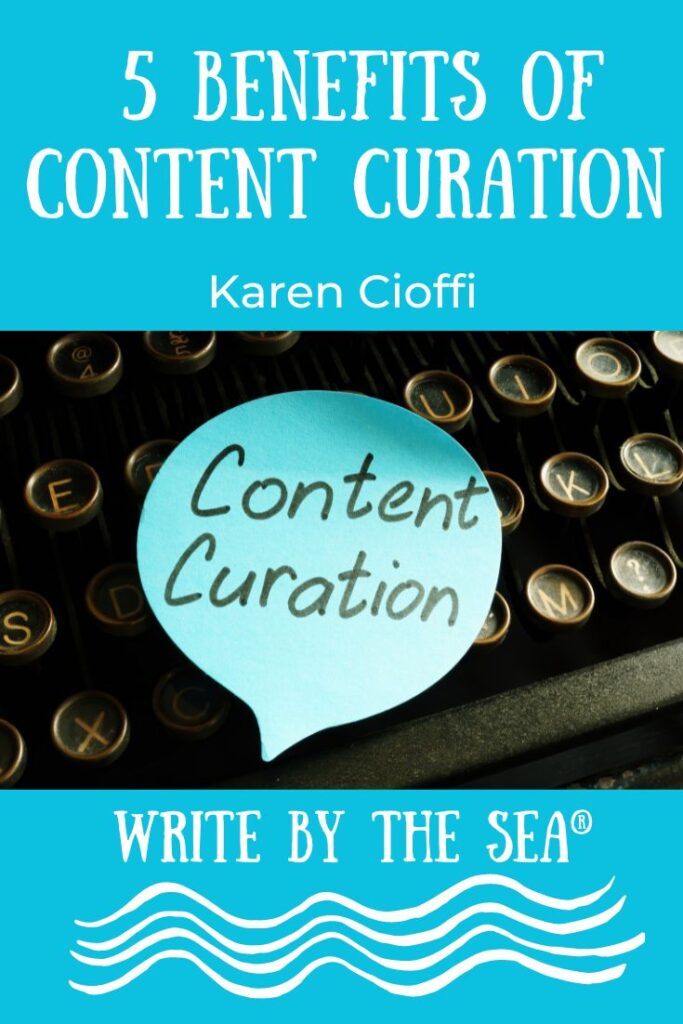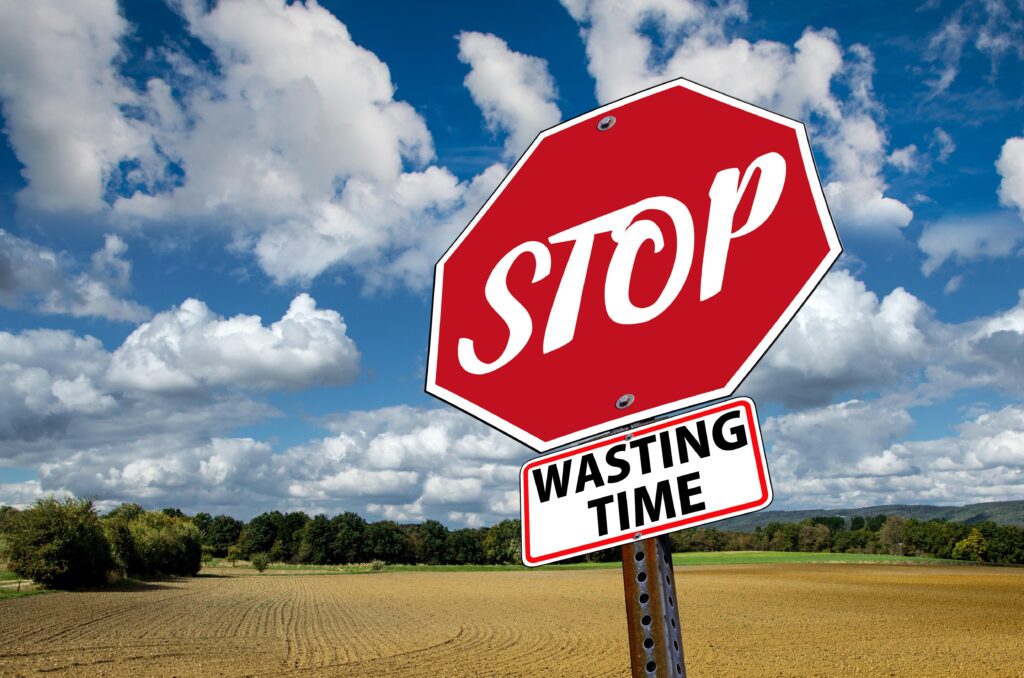What’s there to say about marketing?
The first thing would be it’s an ongoing process that you have to be careful doesn’t interfere with your writing.
After that, you’d say that whether you’re promoting a book, services, or other product, you will have tons of competition.
And, if you don’t have an optimized website, you won’t be able to get in the marketing game.
While it’s not that difficult to create a website or blogsite using services, such as WordPress (http://wordpress.com) or Blogger (http://blogger.com), there are essential steps you will need to take in order to create an EFFECTIVE optimized website.
Here is a list of 8 of the most essential and bare-bottom basics that are needed for an effective optimized website:
1. Choose a domain name.
Your domain name is your online address to your website.
It’s how people will get to your site.
And, it needs to be keywords effective.
Example: http://articlewritingdoctor.com
he keywords are: article / article writing / writing.
This will help search engines define your site and help online searcher find you.
If it’s going to be your hub author/writing site, then you might want to use your name as the domain name.
Or, use your name with a keyword.
Example: http://karencioffiwritingforchildren.com
If you’re a freelance writer, try to come up with a keyword effective domain name.
If you can’t find one you like that’s available, you might use your name with “freelance writing.”
2. The name of your site (the title of your site)
There are a few ways to go with this.
If you’re an author with more than one book, you should have a site for each of your books.
The book title will be the name of the site.
If you’re a freelance writer, you can come up with a catchy keyword effective title.
Example: Article Writing Doctor
Keep in mind that you don’t have to use your domain name as the title of your site.
Just make sure they are closely related.
You don’t want to confuse the search engines of the reader.
3. The subheading.
When including a site subheading, think of your platform.
In your subheading, add keywords you want associated with your site.
These are words that should quickly inform the search engines and readers what your site is about.
Example: My site Writers on the Move – the subtitle is:
Writing, publishing, book marketing, and The Writing World newsletter, all offered by experienced authors, writers, and marketers.
I have plenty of keywords in that subtitle.
4. The opt-in box.
Provide a readily visible opt-in box.
This is the only way you will be able to create a mailing list.
A useful way to entice visitors to sign up for your info emails or newsletter is to offer a free gift.
Usually a helpful e-book, video, simple course related to your site’s focus is a practical gift.
The opt-in box should be placed in the top portion of your sidebar, and must be immediately visible upon landing on the page – this means it needs to be above the fold line.
You might also get a website theme that allows for you to put an opt-in in the header.
5. The ‘About Me’ or ‘About Us’ page.
You’ve got to let the visitors know who you are with an About Me Page.
This is especially important on sites that do not use the site owner’s name as the title.
Along with the name/s of the site’s contributor/s, you should let the visitors know what the site is about, what they can expect from the site, what information will provided.
The About Me Page should include a bio along with any pertinent schooling and/or training.
Most visitors want to know who is posting the content and what qualifies them to offer that particular information.
Providing this information allows the reader to develop a relationship with you.
6. The media page.
Create a Media Page.
This page will tell visitors what you’ve written and other qualifications that make you an expert in your field.
You should also include your books, reviews of your work, brief synopses and possibly excerpts, links to the sales pages, testimonials and awards, links to interviews others have written on you, events/workshops you’ve presented, your appearances, and links to all your other sites.
7. The contact page.
Your contact information needs to be available.
This means having a Contact Page that offers a contact form, or your email address, or maybe even your phone number.
A visitor may have a question, comment, or request for your services; you want that visitor to be able to know how to reach you.
TIP: Don’t include your home address or your home phone number.
8. The testimonials page.
Hopefully, you have some testimonials or recommendations or reviews of your work and/or books.
List them on this page.
People are influenced and motivated by what others think.
A testimonials page matters.
And remember, when creating an optimized website, simple is usually best.
About Karen Cioffi Karen Cioffi is an award-winning children’s author and children’s ghostwriter, rewriter, and coach with clients worldwide. She is also the founder and editor-in-chief of Writers on the Move, and an author online platform instructor with WOW! Women on Writing.
Karen Cioffi is an award-winning children’s author and children’s ghostwriter, rewriter, and coach with clients worldwide. She is also the founder and editor-in-chief of Writers on the Move, and an author online platform instructor with WOW! Women on Writing.
Karen’s children’s books include Walking Through Walls and The Case of the Stranded Bear. She also has a DIY book, How to Write Children’s Fiction Books. You can check them out at: https://karencioffiwritingforchildren.com/karens-books/.
If you need help with your children’s story, visit: https://karencioffiwritingforchildren.com.
Don’t forget to join our mailing list.
Just fill in your name and email address, below:








Karen, thanks for a very meaningful article. Happy to Pin, Tweet, Link, etc. I’m sure it will be very helpful to many—including me!
Hey, Suzanne, Glad to be back!